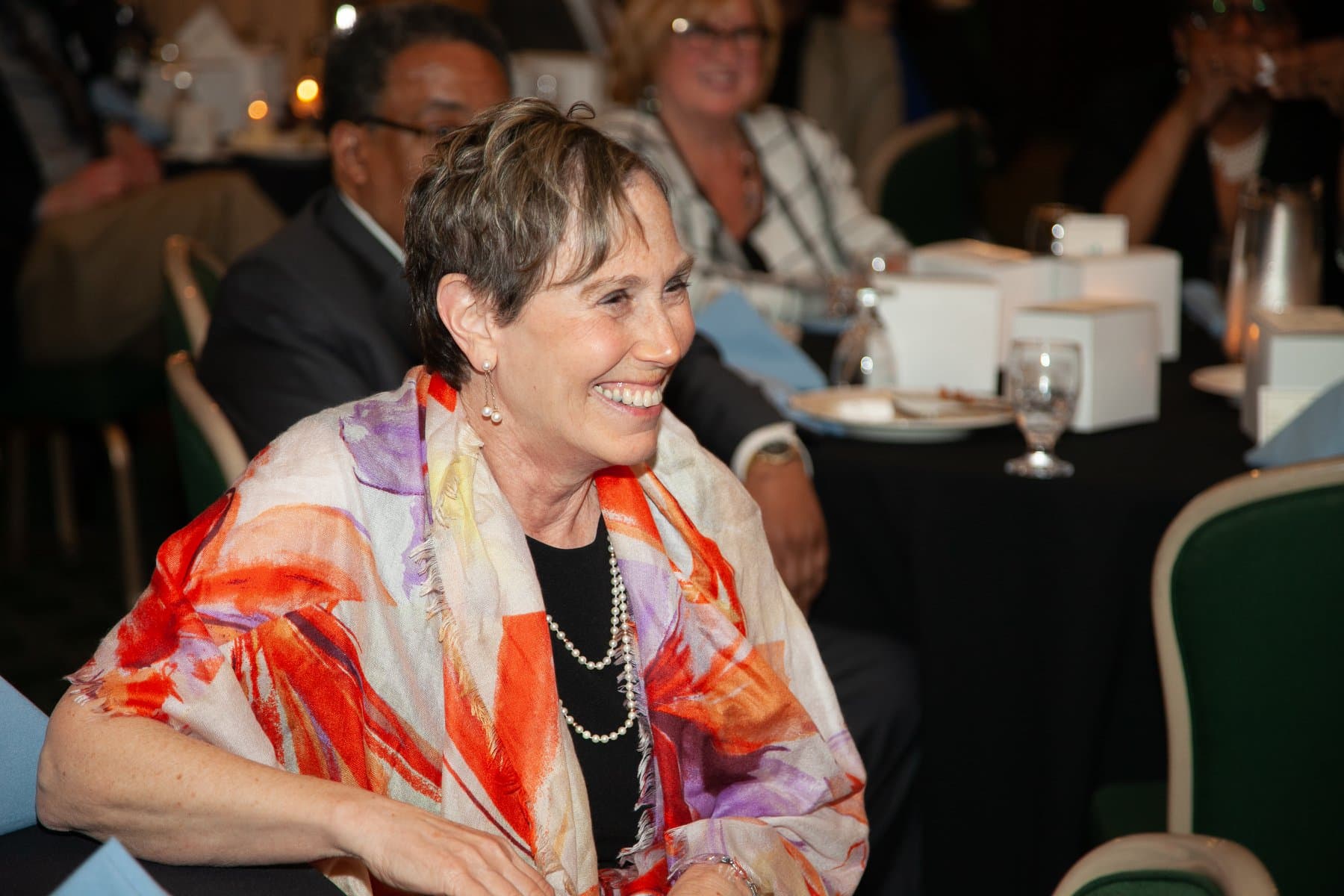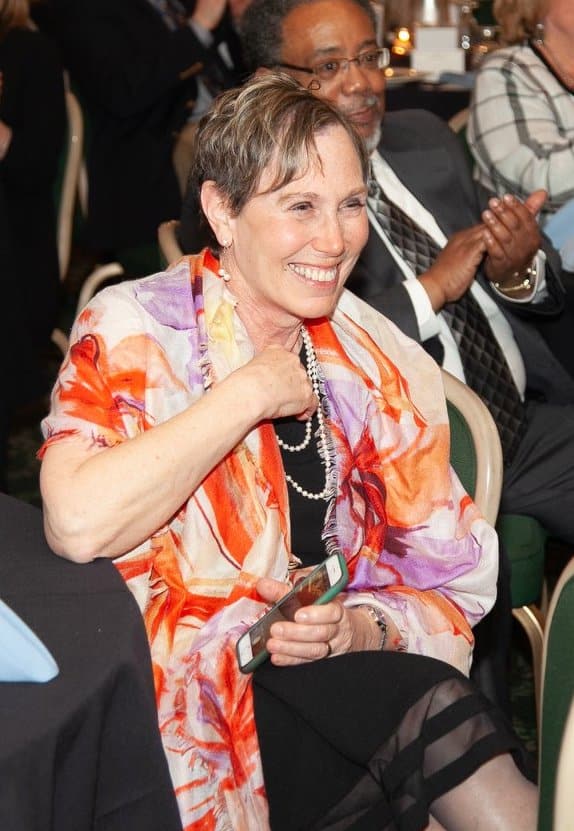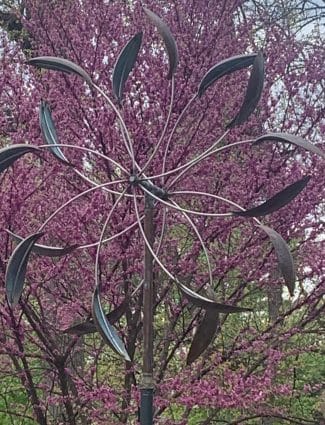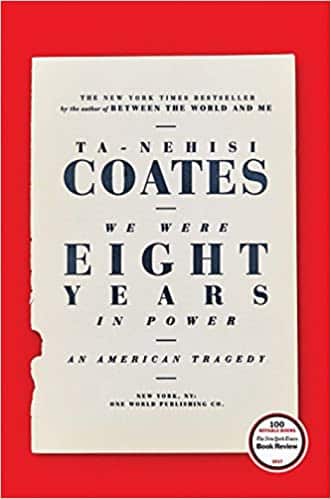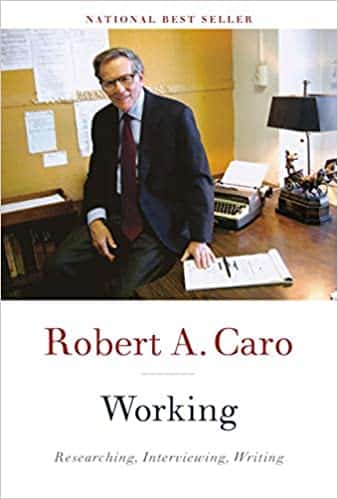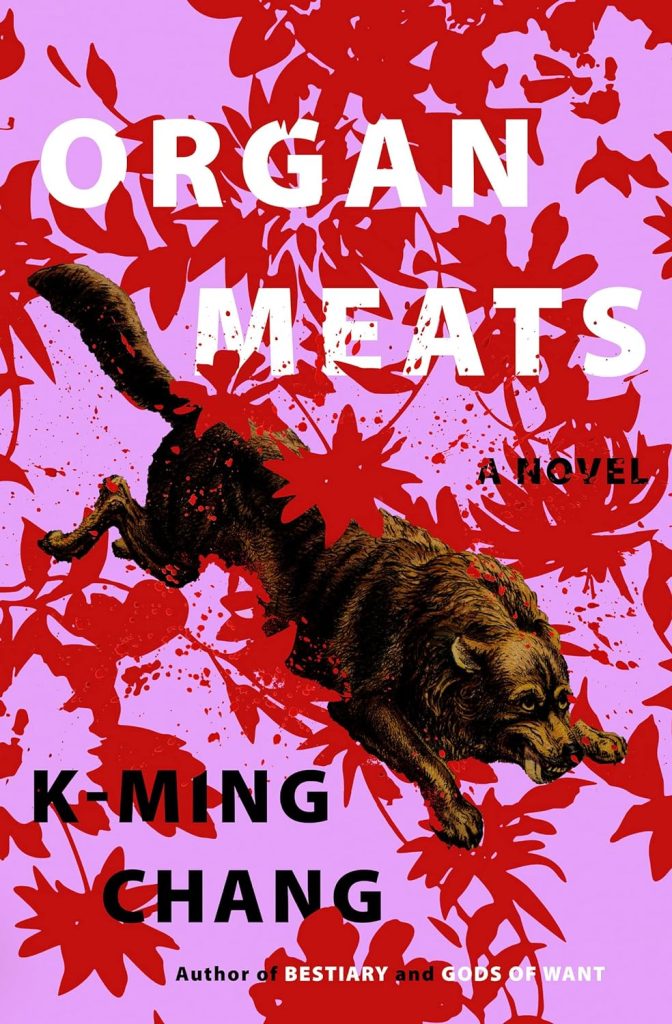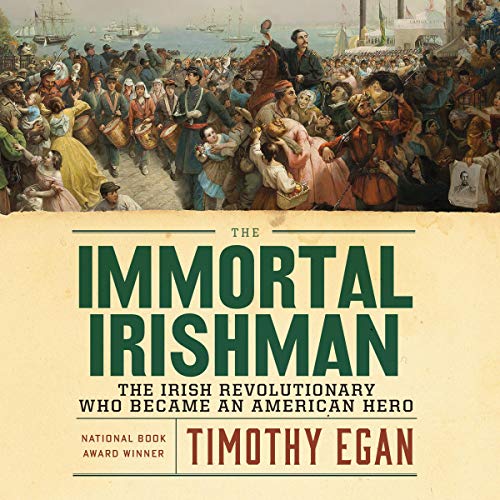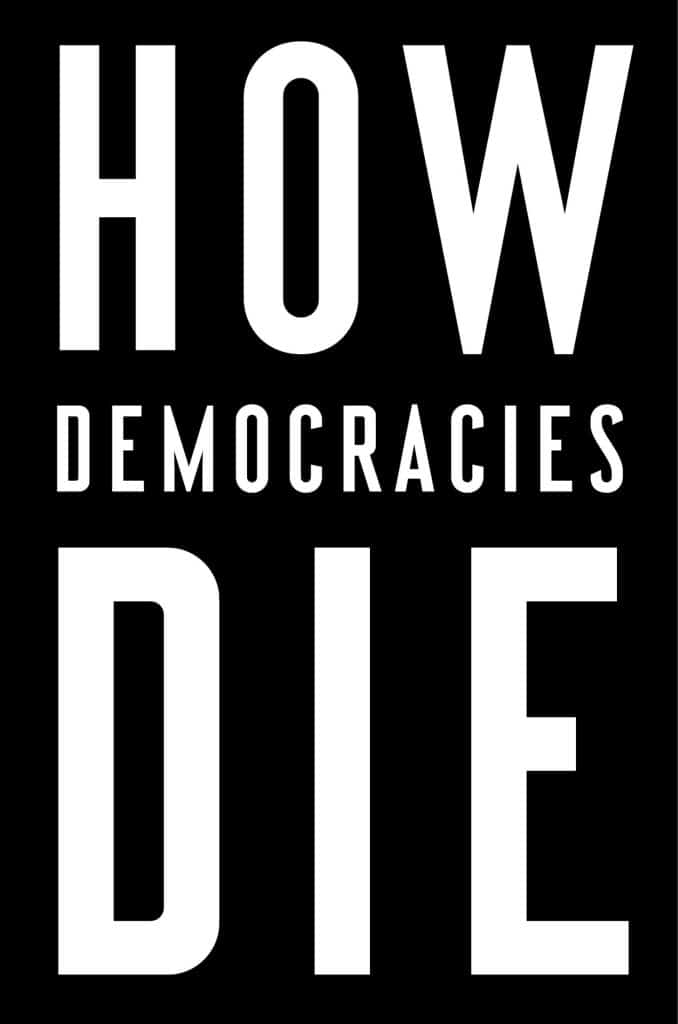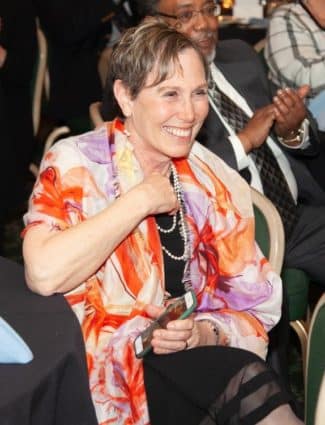
Love is Mysterious and Powerful
If Love Never Dies, Can You Love Again?
Estimated reading time: 2 minutes, 3 secondsIt has been twenty-seven months since I became a widow, and I have realized that my love for my late wife, Jan, has only grown stronger. Merrit Malloy’s poem, Epitaph, comes to mind:
Love doesn’t die,
People do.
So, when all that’s left of me
Is love,
Give me away.
I have dedicated myself to sharing Jan’s love with others. When she passed away, my world fell apart, and I wasn’t sure if I had the strength or motivation to keep going. With the guidance of Rabbi Renee, I learned the importance of giving her love away so that I could carry her spirit with me into the unfamiliar world I found myself in.
Over time, I worked with my loved ones to create a beautiful garden commemorating Jan. The garden boasts a wind sculpture and benches and will soon be home to a thriving butterfly. Additionally, I joined several virtual grief support groups as a participant. Although they were helpful, I was starting to feel like they had done all they could for me and considered leaving. However, when one of the groups was about to disband, I was asked to lead it. Despite having no experience in that role, I accepted the challenge. Almost two years later, the group continues to meet, and it has become an essential part of my journey through grief.
Life can be full of surprises when it comes to love. Sometimes, we may think we’ll be alone forever, but love can come unexpectedly. Recently, I discovered I had romantic feelings for someone I’ve known for almost two years. Surprisingly, she has romantic feelings for me too! It’s still too early to know the future, but this experience has reminded me that love can exist in any situation. As Lorrie Moore once said, love is a feeling that can thrive in any circumstance, from hospitals to prisons and even in times of war.
The Jan Lilien Education Fund sponsors ongoing sustainability and environmental awareness programs. Gifts made this month; I will match dollar-for-dollar. All donations are tax-deductible.
I receive a commission when you buy a book or product using a link on this page. Thank you for supporting Sharing Jan’s Love blog.

Epitaph by Merrit Malloy
If Love Never Dies, Can You Love Again?
Estimated reading time: 2 minutes, 3 secondsWhen I die
Give what’s left of me away
To children
And old men that wait to die.
And if you need to cry,
Cry for your brother
Walking the street beside you.
And when you need me,
Put your arms
Around anyone
And give them
What you need to give to me.
I want to leave you something,
Something better
Than words
Or sounds.
Look for me
In the people I’ve known
Or loved,
And if you cannot give me away,
At least let me live on in your eyes
And not your mind.
You can love me most
By letting
Hands touch hands,
By letting bodies touch bodies,
And by letting go
Of children
That need to be free.
Love doesn’t die,
People do.
So, when all that’s left of me
Is love,
Give me away.
